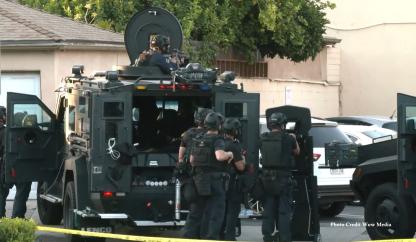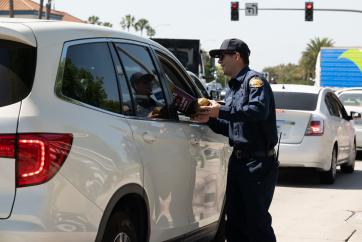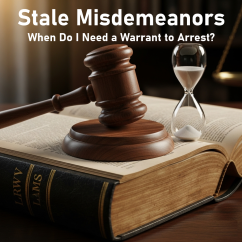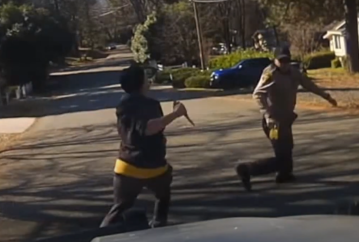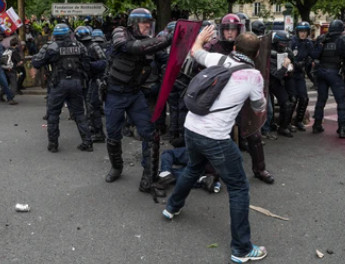

- Ref # CAC00067
- April 04, 2022
The Use of Reasonable Force in Arresting Protestors Engaged in Unlawful Protests
- The Use of Excessive Force and the Fourth Amendment
- Unlawful Public Protests and Law Enforcement’s Right to Use Reasonable Force
While individuals have the right to publicly protest, law enforcement has a right to arrest the protestors when they seek to prevent a duly installed government entity from performing its lawful functions. The use of reasonable force in arresting protestors engaging in unlawful protests is constitutional
In July, 2018, Tasha Williamson and others participated in what was referred to as a “die-in” at a city council meeting in National City. The purpose of this demonstration was to protest the death of one Earl McNeil; a black man who died while in police custody. (See Note, below.) The protestors in general disrupted the meeting by chanting from the audience. Williamson and five others, however, took it a step further by moving up to the public speaker podium in front of the city council members where they laid down on the floor around the ....
